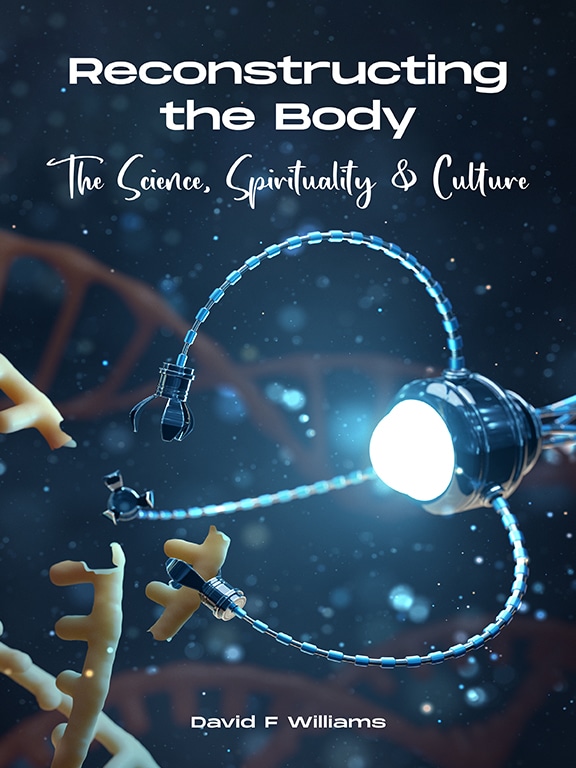- The scenarios discussed above all start with the premise that the quality of life represents the situation that exists on a particular day and that any change in the quality profile is independent of the individual’s own actions before that day. That clearly will not always be the case and two factors must be taken into account. The first of these, which is very important in the holistic view mentioned earlier, is that patient variables, especially life-style variables, can influence the point at which disturbances in the profile are first seen. Using the previous example of hip joint replacement, we may reasonably assume that the point at which the quality-of-life decreases is when that individual feels sufficient pain that it affects their movement, i.e., difficulty walking upstairs or unable to run for more than 15 minutes. Osteoarthritis is associated with wear and breakdown of cartilage and bone in the affected joint. If that individual, long before pain was noticeable, decided to lose weight, or decided not to run marathons on roads but improve fitness by cycling or swimming, or undertook mind-body exercises such as yoga, pilates or gyrotonics, the onset of life quality reduction through pain, and The Inflection Point, are likely to be very different.
- In the above example, we may assume that the average individual will not do anything about the reduced quality of life until it becomes very obvious to them, in this case painfully obvious, and indeed most of us will have a period of denial, saying to ourselves that the condition ‘will go away’. But what if there was a truly reliable and accurate way for us to assess incipient cartilage changes before the disease was symptomatic? Would that change our behavior so that the onset of painful symptoms was put back a few years, and, far more important, would that delay, by say a critical 10 years, the point at which total joint replacement was a necessity. The trouble here is that X-ray imaging is not a very good diagnostic indicator of arthritis in screening programs and there are, as yet, no biological markers that give any better predictions. So joint replacement therapy will probably stay in the same mode for some time to come. But there are other diseases where early-stage diagnosis could be very powerful. For example, in Parkinson’s disease, the brain has already lost over 90% of dopamine producing capacity before the tell-tale signs of tremor are noted, so that any prospective cell or gene therapies will always fight an uphill battle unless good biological markers can be found. Similar situations may exist for conditions such as macular degeneration; the early-stage diagnosis of conditions for which there are no known treatments at present is a major medical priority, which I shall address in some detail. In a book that has the word ‘spirituality’ in the title, it might be assumed that a section dealing with ageing and decay might be concerned about spiritual decay. Although there is a vast amount of literature on that subject, that is not going to be discussed here. What is important is the subtle difference between the nouns ‘ageing’ and ‘decay’. Decay is the decomposition of an object by external forces in which there is little internal resistance. Consider Lucretius:
Again see you not that even stones are conquered by time, that high towers fall and rocks moulder away, that shrines and idols of gods are worn down with decay, and that holy divinity cannot prolong the bounds of fate or struggle against the fixed laws of nature?
Lucretius, “On The Nature of Things”, 50 BCE.13
In our quality-of-life profile there should be little scope for decay. Ageing is the natural process of getting older; the role of the technologies and therapies that I will discuss in later chapters is to maximize quality while we age, avoiding all hint of decay. To a large extent, this is in our own hands. As Horace wrote:

